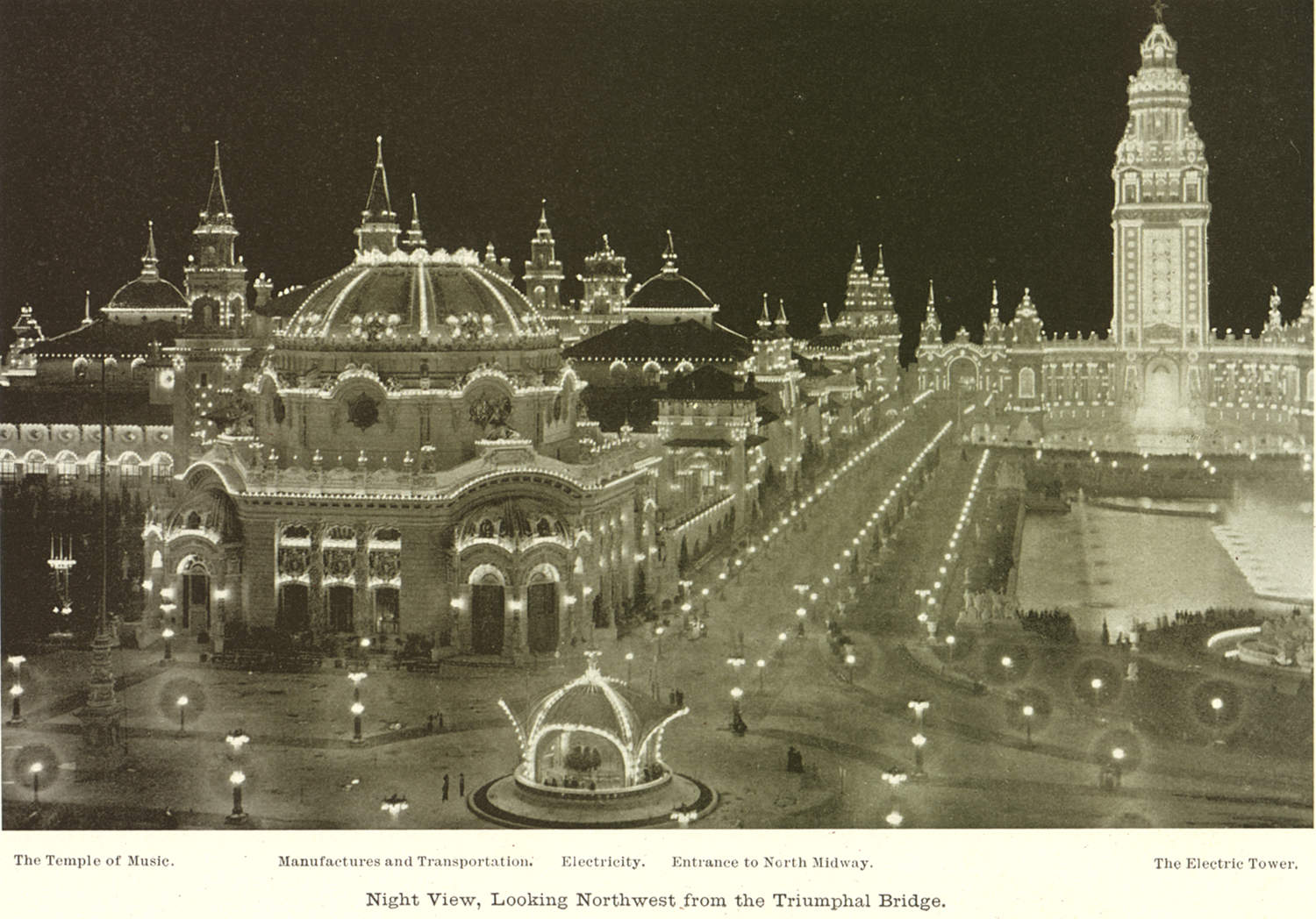Authors:
Historic Era: Era 7: The Emergence of Modern America (1890-1930)
Historic Theme:
Subject:
Spring 2018 | Volume 63, Issue 1


Authors:
Historic Era: Era 7: The Emergence of Modern America (1890-1930)
Historic Theme:
Subject:
Spring 2018 | Volume 63, Issue 1
President William McKinley arrived in Buffalo, New York, on the evening of September 4, 1901, intent on deflecting history with a speech. The Ohio politician's shiny and luxurious presidential train crawled into the city's Terrace Station at 6:30 that evening, and the presidential party moved quickly toward waiting carriages near the north gate of the Pan-American Exposition, an attention-grabbing extravaganza that had opened its doors on May 20. It featured exhibits, spectacles, musical performances, athletic events, and more—most notably, displays of the latest technological wonders, including an X-ray machine and the startling advent of alternating current, allowing the efficient transmission of electricity through long-distance power lines. This promising advance brought enough power to Buffalo from Niagara Falls turbines, twenty-five miles away, to illuminate the entire exposition grounds in a nighttime display of electrical wizardry.
Under McKinley, America was developing and harnessing technology like no other nation, generating unparalleled industrial expansion and wealth, moving beyond its continental confines and into the world. It wasn't surprising that Americans would flock to the Buffalo exposition—an estimated eight million or more over six months
This was just the kind of marvel to capture the imagination of a nation on the move, pushing into the twentieth century as it had pushed westward across North America during the previous hundred years—with resolve, confidence, and disregard for accompanying hazards. Now, under McKinley, America was developing and harnessing technology like no other nation, generating unparalleled industrial expansion and wealth, moving beyond its continental confines and into the world. It wasn't surprising that Americans would flock to the Buffalo exposition—an estimated eight million or more over six months—to bask in their country's promise, or that Exposition leaders would designate a special day to honor the president. Neither was it surprising that McKinley would choose that day to summon support for a major policy departure for America—and for himself. The Pan-American Exposition represented a fitting convergence of the man, the event, and the era.

No development defined the era more clearly than the rise of America as a global power. This came about mostly through the brief, momentous war with imperial Spain two years earlier—"a splendid little war," as historian and diplomat John Hay called it. When it was over, Spain no longer possessed a colonial empire of any consequence, and America had planted its flag upon the soil of Cuba